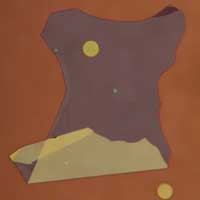 Scientists have provided supporting evidence for the existence of a nonlinear dissipation mechanism in mechanical systems.
Scientists have provided supporting evidence for the existence of a nonlinear dissipation mechanism in mechanical systems.
Thursday, February 18, 2021
Researchers clarify the microscopic origin of dissipation with graphene
 Scientists have provided supporting evidence for the existence of a nonlinear dissipation mechanism in mechanical systems.
Scientists have provided supporting evidence for the existence of a nonlinear dissipation mechanism in mechanical systems.
Researchers flip the switch to make microsensors super sensitive to biomolecules
 Scientists have found a new way of enhancing the performance of electrochemical micro-sensors. This discovery could lead to the detection of biomolecules, such as dopamine, at lower concentrations than is possible today.
Scientists have found a new way of enhancing the performance of electrochemical micro-sensors. This discovery could lead to the detection of biomolecules, such as dopamine, at lower concentrations than is possible today.
Novel tools for biomedical applications: Bacterial magnetic nanoparticles
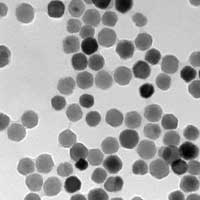 Magnetic nanoparticles biosynthesized by bacteria might soon play an important role in biomedicine and biotechnology. Researchers have now developed and optimised a process for the isolation and purification of these particles from bacterial cells.
Magnetic nanoparticles biosynthesized by bacteria might soon play an important role in biomedicine and biotechnology. Researchers have now developed and optimised a process for the isolation and purification of these particles from bacterial cells.
Nanofibers for quantum technologies at room temperature
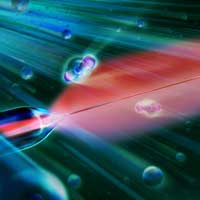 Atomic vapors are among the most promising platforms for constituting the nodes of future quantum networks. Researchers have now realized a unique interface between an extremely thin optical fiber and an atomic vapor at ambient temperatures.
Atomic vapors are among the most promising platforms for constituting the nodes of future quantum networks. Researchers have now realized a unique interface between an extremely thin optical fiber and an atomic vapor at ambient temperatures.
Researchers develop affordable method for production of transparent solar cells
 Physicists have discovered an affordable method that makes it possible to use transparent materials for solar cells while preserving their efficiency. The new technology is based on the method of doping but without the use of expensive special-purpose equipment.
Physicists have discovered an affordable method that makes it possible to use transparent materials for solar cells while preserving their efficiency. The new technology is based on the method of doping but without the use of expensive special-purpose equipment.
Researchers advance bioinspired nanotechnology to enhance blood clotting to stop severe traumatic bleeding
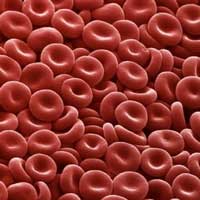 A team of researchers is working toward innovating and advancing platelet-inspired nanotechnology systems to treat severe bleeding in surgery and trauma.
A team of researchers is working toward innovating and advancing platelet-inspired nanotechnology systems to treat severe bleeding in surgery and trauma.
Energy-harvesting nanogenerator technology to make roads safer
 Researchers used recycled plastic cups and silk cocoon waste to develop a soft and skin-friendly self-powered sensor, which can be used to sense human activities.
Researchers used recycled plastic cups and silk cocoon waste to develop a soft and skin-friendly self-powered sensor, which can be used to sense human activities.
Researchers discover a new route to forming complex crystals
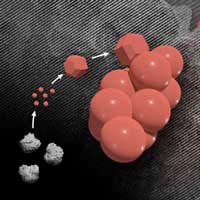 Researchers used advanced transmission electron microscopy (TEM) techniques to see mesocrystals form in solution in real time. What they saw runs contrary to conventional wisdom and their insights could one day help scientists design materials for energy storage and understand how minerals in soil form.
Researchers used advanced transmission electron microscopy (TEM) techniques to see mesocrystals form in solution in real time. What they saw runs contrary to conventional wisdom and their insights could one day help scientists design materials for energy storage and understand how minerals in soil form.
Electrons living on the edge
 Scientists use theoretical calculations to predict the possibility of 'massless' electrons in topological insulators excited with lasers, which may lead to faster and more efficient electronic devices.
Scientists use theoretical calculations to predict the possibility of 'massless' electrons in topological insulators excited with lasers, which may lead to faster and more efficient electronic devices.
Colloidal quantum dot lasers poised to come of age
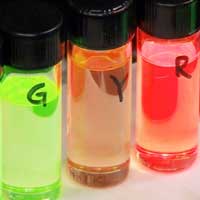 Despite lingering obstacles, practical lasing devices based on these tiny specs of semiconductor matter are just around the corner.
Despite lingering obstacles, practical lasing devices based on these tiny specs of semiconductor matter are just around the corner.
Subscribe to:
Comments (Atom)
